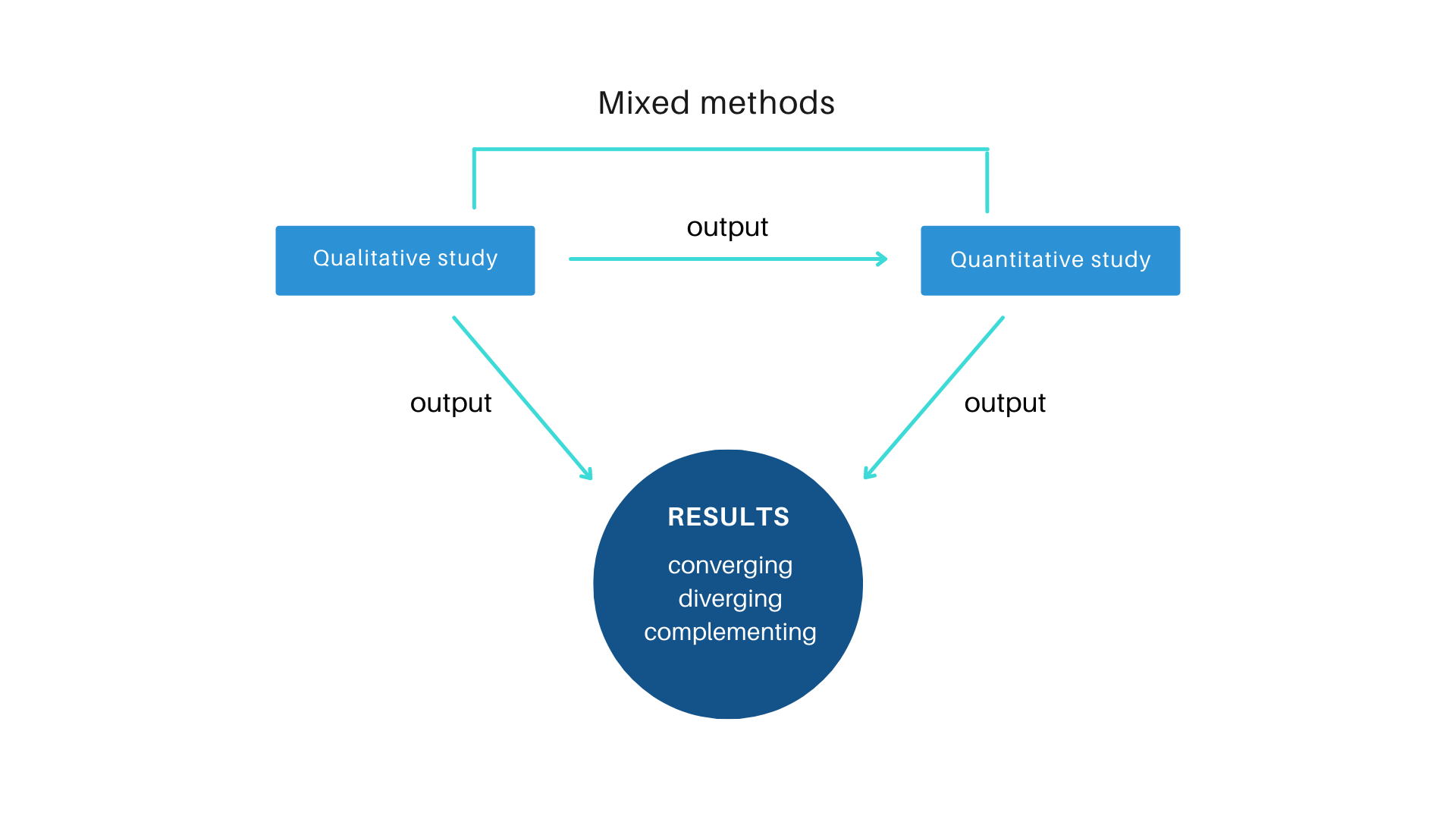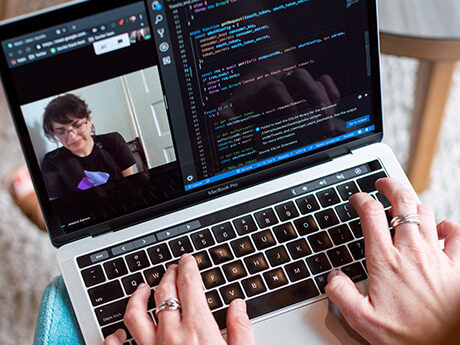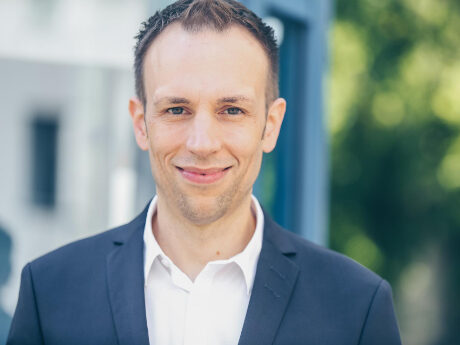As a circular business model, the online second-hand clothing market is presently growing. How will consumer attitudes toward this model evolve?
Master thesis by Tabea Fürnsinn
4. Semester, 2022
Prof. Dr. Lars Rademacher
Media, Technology and Society

Problem and initial situation
The fashion industry is currently dominated by the system of the linear economy based on the principles of producing, using, and, at the end of the life cycle, disposing of the garments (Esposito et al., 2017; Wilts & Fink, 2016). Within this system, e-commerce is booming (Bertram & Chi, 2018). By reinforcing the fast fashion trend, the online sale of clothing contributes to increasing the number of quickly discarded clothes and thus textile waste (Bertram & Chi, 2018). The concept of circular fashion based on extending the life cycle of garments for as long as possible and eventually closing the production cycle is seen as an alternative economic system (Urbinati et al., 2017; Wilts & Fink, 2016). One business model within circular fashion is the online resale of second-hand clothing, for which there is a growing market at the moment (Deges, 2020; Pradhan, 2020; ThredUp, 2020, 2021).
Methods
To get a better understanding of the consumers’ perspective on the business model, mixed methods research is used to investigate consumers’ current and developing attitudes as well as the prospects resulting from the business model. The qualitative part of the study trough expert interviews provides an overview of the latest expert knowledge on the topic, while the quantitative part uses a consumer survey trough a written, online-based questionnaire to assess the expert knowledge provided in the qualitative part.

Figure 1: Self-generated visualization of the mixed methods research process.
Research questions and hypotheses
The aim of the master’s thesis research was to investigate the prospects of the circular business model of online second-hand resale of clothing in terms of consumers’ attitude towards it. The following research questions were therefore answered:
1. What are the prospects of the circular business model of online second-hand resale of clothing in terms of consumer attitudes?
1.1 How is the current consumer attitude towards online second-hand shopping of clothing and by what is it determined?
1.2 How will consumer attitudes towards online second-hand shopping of clothing develop in the future and what are the prospects resulting for the business model?
Results
In the qualitative study four experts with theoretical and/or business knowledge on the topic circular economy, fashion e-commerce and online second-hand resale were interviewed. The experts, both researchers and practitioners, come from the fields of consulting, business and specialty journalism. In the quantitative study, 430 participants took part in the survey and terminated it, resulting in a sample of n = 430. The results of the two applied research methods show that the overall affective attitude of surveyed consumers currently is and is developing in a positive range.
Despite that there is generally a positive attitude among the younger target group, no significant correlation between age and positivity of attitude was identified. The attitude is influenced by various beneficial as well as challenging factors. In terms of the determination of cognitive attitude, consumers primarily perceive beneficial factors such as the aspect of sustainability and the discounted price of clothing in connection with the business model. Although the aspect of sustainability stands in the foreground, this awareness is not consolidated to the extent that it is detached from negative effects on attitudes due to a price increase of the clothing. The development of consumers’ attitude is further conditioned by two main factors: deeper education of consumers about the business model as well as enhancing the shopping experience, the improvement of which could lead to a positive attitude development.
Conclusion and Prospects
As a conclusion it can be said that the overall affective attitude of consumers towards online second-hand shopping currently is and is developing in a positive range. This attitude is determined by various beneficial as well as challenging factors that are related to consumers’ attitude at different levels. The evolution of the influencing factors also partly determines the development of the business model, so that these factors should be taken into account with regard to the prospects of the business model.
Literature
Bertram, R. F., & Chi, T. (2018). A study of companies’ business responses to fashion e-commerce’s environmental impact. International Journal of Fashion Design, Technology and Education, 11(2), 254–264. https://doi.org/10.1080/17543266.2017.1406541
Deges, F. (2020). Grundlagen des E-Commerce: Strategien, Modelle, Instrumente. Springer Fachmedien Wiesbaden.
Esposito, M., Tse, T., & Soufani, K. (2017). Is the circular economy a new fast-expanding market?: Identifying fast expanding markets. Thunderbird International Business Review, 59(1), 9–14. https://doi.org/doi.org/10.1002/tie.21764
Pradhan, S. (2020). Stepping towards circular & sustainable fashion. Fashion Sustainability and Circularity, XVII(1), 181–185.
ThredUp. (2020). 2020 Resale report. ThredUp. https://www.thredup.com/resale/2020/
ThredUp. (2021). ThredUp Resale report. ThredUp. https://www.thredup.com/resale/static/thredUP-Resale-and-Impact-Report-2021-980436a36adc4f84a26675c1fcf2c554.pdf
Urbinati, A., Chiaroni, D., & Chiesa, V. (2017). Towards a new taxonomy of circular economy business models. Journal of Cleaner Production, 168, 487–498. https://doi.org/10.1016/j.jclepro.2017.09.047
Wilts, H., & Fink, P. (2016). Deutschland auf dem Weg in die Kreislaufwirtschaft. Müll und Abfall, 6, 3. https://doi.org/10.37307/j.1863-9763.2016.06.03



